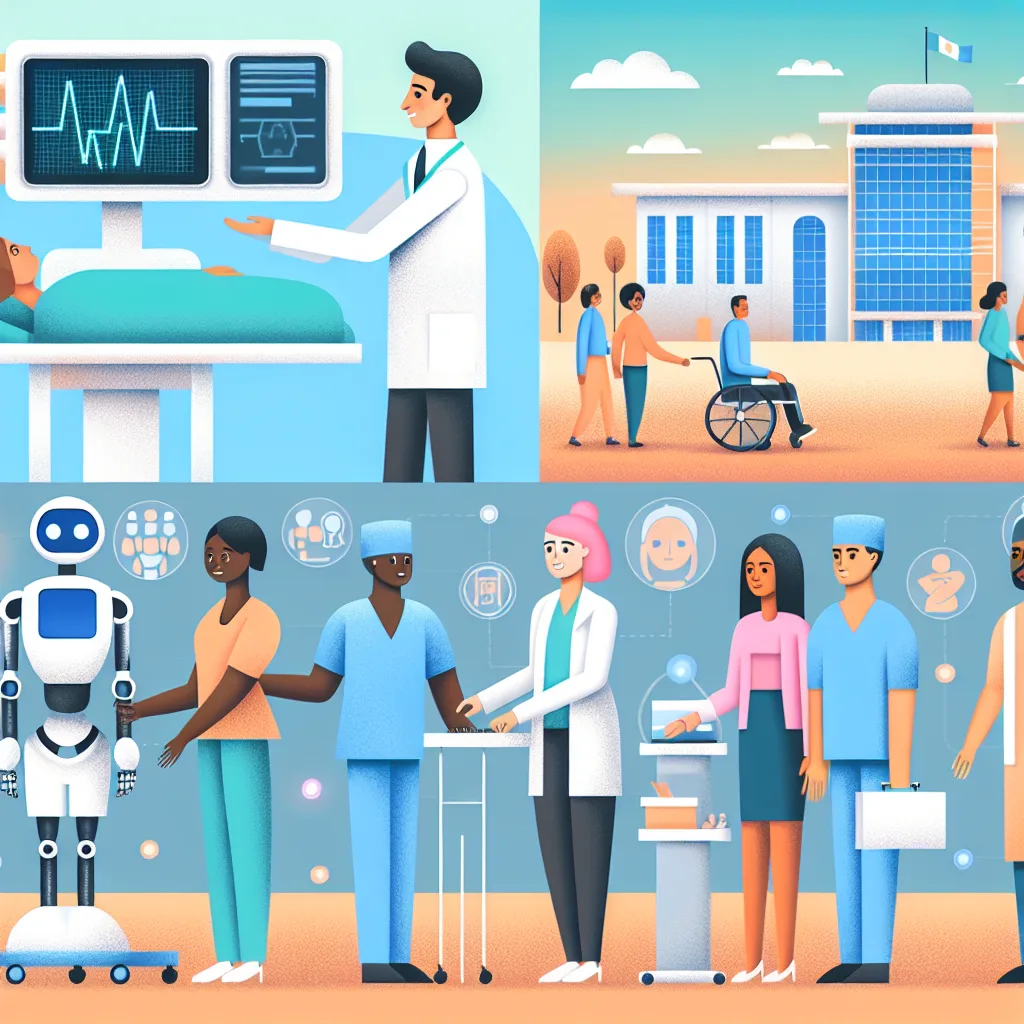Explore how AI is quietly becoming a part of our daily lives with new tools in healthcare, governance, and business.
AI innovations 2025 are steadily reshaping various parts of our everyday world, often in ways we might not immediately notice. From hands-on help in hospitals to surprising roles in government, this year has brought some truly interesting developments in artificial intelligence. Let’s dive into some of the recent highlights that show how AI is becoming a practical tool that assists humans rather than replaces them.
The Real People Behind AI Intelligence
You might think AI just magically knows everything, but there’s a lot of human effort behind the scenes. Thousands of “overworked, underpaid” workers actually train these AI systems to understand language, recognize patterns, and improve their responses. This means what feels like instant intelligence is actually the result of many people’s hard work, often without much recognition or financial reward. It’s a reminder that AI is as human as the people who build and maintain it.
Albania’s Bold Move: An AI Minister to Fight Corruption
In a surprising step, Albania has appointed an AI bot as a government minister focused on tackling corruption. This highlights a new frontier where AI isn’t just a tool but a decision-maker in public administration. While details on its effectiveness are still emerging, it represents a novel attempt to use AI for transparency and accountability in governance—a sector where human bias can be tricky to overcome.
OpenAI’s Shift with Microsoft’s Backing
OpenAI, one of the leading AI developers, has recently got the green light from Microsoft to transition its for-profit arm. This move could influence how AI research and commercial applications evolve, potentially increasing investment and innovation opportunities while raising important questions about accessibility and control of AI technology.
Nurabot: A Helping Hand for Healthcare Workers
In hospitals, AI is lending a hand through robots like Nurabot. Designed to assist with repetitive or physically demanding tasks, this nursing robot helps lighten the load for healthcare staff. It’s an example of AI innovations 2025 that improve workplace efficiency and support human caregivers, allowing them to focus more on patient care than on exhausting routine chores. These robots are part of a growing trend to integrate AI safely and effectively in healthcare settings.
Wrapping It Up: What AI Innovations 2025 Mean for Us
AI in 2025 is moving beyond just chatbots and virtual assistants. It’s becoming a partner in fighting corruption, a supporter in demanding work environments, and a catalyst for new business models. As we see these AI innovations, it’s important to recognize both the potential and the challenges—like ethical considerations and the human efforts behind AI’s answers.
If you want to explore more about these developments, you can check out OpenAI’s official site, learn about healthcare robotics at Nurabot’s page, or read about AI in governance on The World Bank’s AI overview.
AI innovations 2025 aren’t just about technology; they’re about how technology works with us, often quietly, making our world a bit easier and sometimes a bit more interesting.
